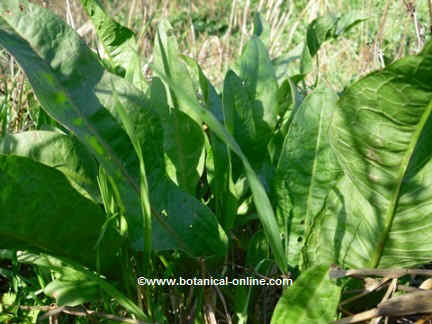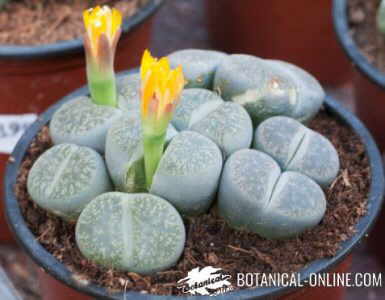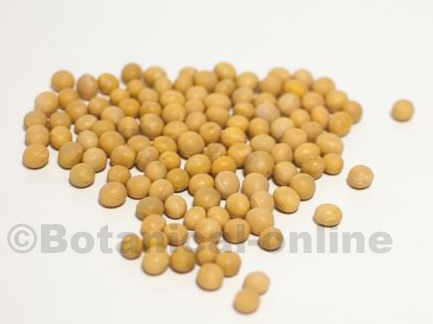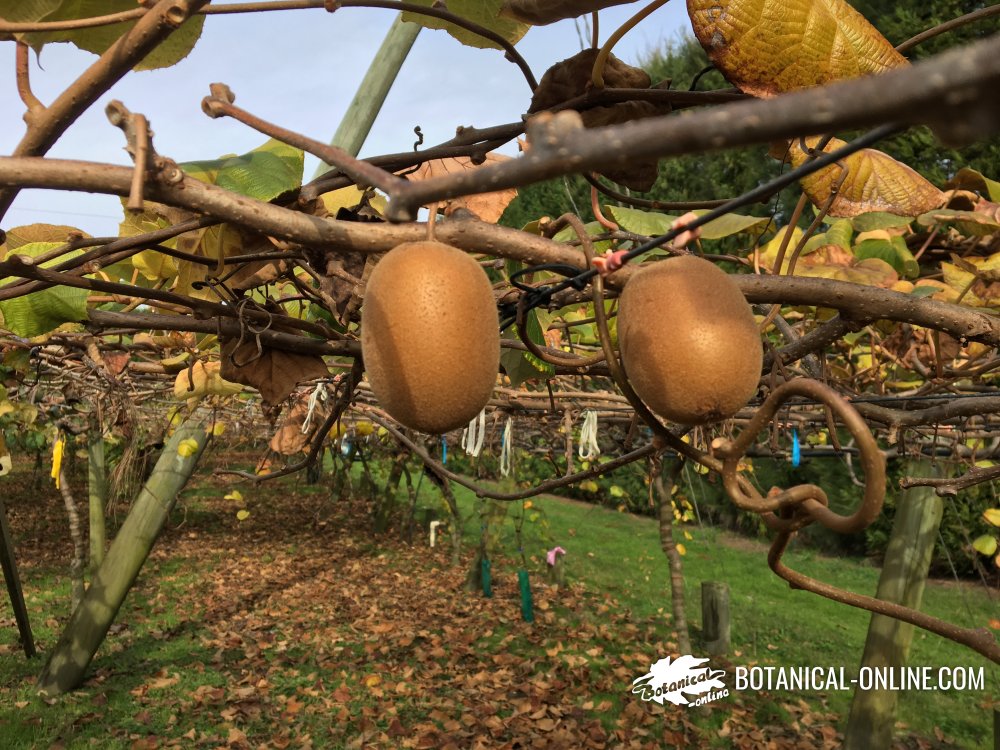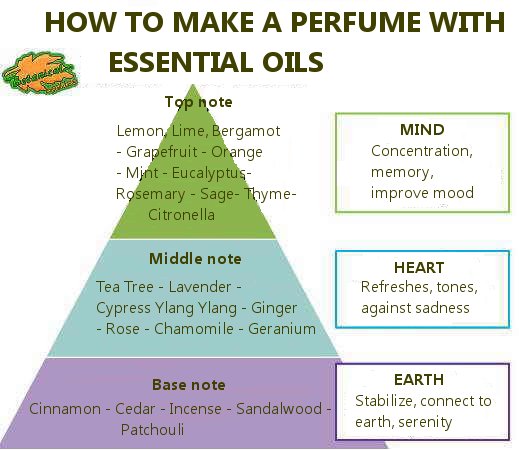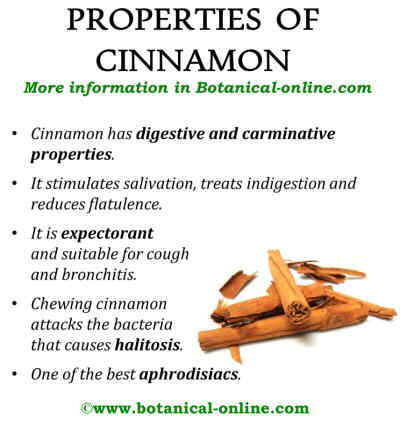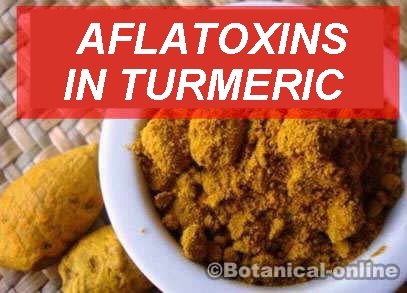Contents
Characteristics of kumquat
Common English name: kumquat or cumquat
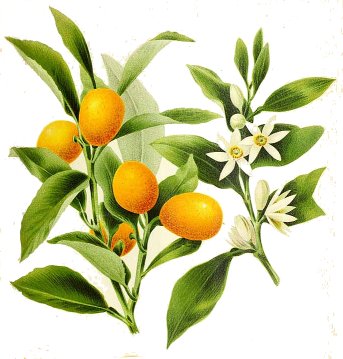 Plant illustration
Plant illustration
Scientific name: Fortunella spp. Some botanists do not consider this genre and include the species within the genus Citrus.
*See: Kumquat in other languages
Family: Rutaceae – citrus family
Origin: North of China
Habitat. Where to find kumquats?
Subtropical shrub native of China, Japan and the Philippines. It is now cultivated worldwide and it is used for ornamental purposes.
Description of kumquat
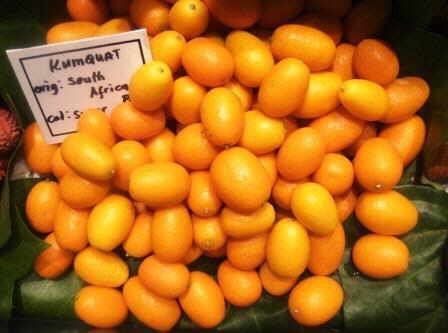 Photo of kumquats fruits in a market
Photo of kumquats fruits in a market
Small evergreen shrub, that can reach 2 – 4m. tall.
The trunk is very branched and may have thorns.
Dense foliage dark green. Leaves simple, alternate, entire and glabrous.
Flowers solitary or in corymbs, hermaphrodite, with white petals and very fragrant.
The fruits are small fleshy berries (1-2cm. Diameter). They resemble tiny oranges. The skin is covered by oil glands containing a lot of essential oil. The fruit is divided into cells (segments). The flesh is yellowish orange, very acidic and aromatic. The kumquat is eaten whole, including the skin.
Classes and varieties of kumquats
There are different species of kumquats (Fortunella spp.): “Nagami” (elongated fruit) (F. margarita); “Marumi” (rounded off) (F. japonica); “Meiwa” (large and elongated fruits) (F. crassifolia); “Hong Kong wild” (F. Hinds).
There are also “limequats” a kind o kumquat resulting from hybridization with a species of kumquat and a lime (Citrus aurantiifolia).
Kumquat composition
- Carbohydrates, protein, fiber
- Essential oil (leaves and fruits): Limonene (60 90%), myrcene (2%), ethyl acetate (1%), alphapinene, germacrene, linalool, carvone, betapinene, carene, camphene, terpinen 4ol.
- Vitamins: Vitamin C, Vitamin A ( betacarotene)
- Organic acids: chlorgenic acid, ferulic, sinapic,?coumaric acid and caffeic acid.
- Minerals: Calcium, potassium
- Flavonoids: diosmin, quercetin, rutin, xanthophylls (betacryptoxanthin), chalcones, apigenin, acacetin, vitexin, isovitexin, gammaeudesmol, elemol and betaeudesmol
![]() More information on kumquat
More information on kumquat

